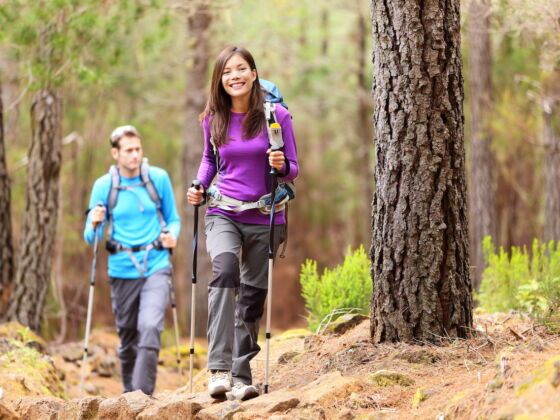Classic treks such as the Annapurna Circuit, John Muir Trail, or Torres Del Paine Circuit fall within the 2-3 week range. On the longer end , the Continental Divide Trail which stretches over 3100 miles across the center of the United States, can take half a year to complete.
First, a few words on nonessential items:
